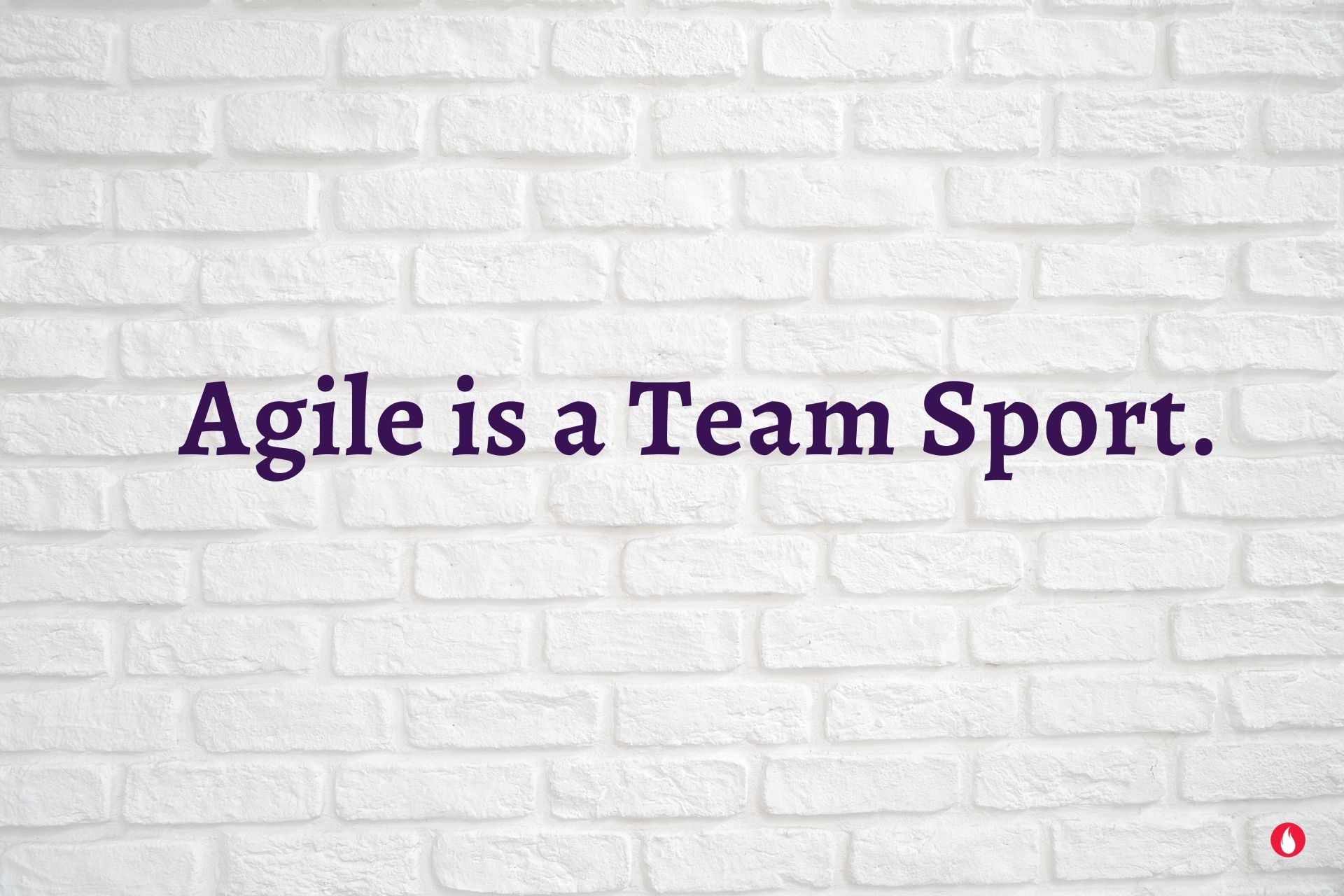
Have you ever been asked to join a project you had no interest in? Being assigned to a project you have no interest in can be a dampener. Yet assignment to projects without alignment of interest happens all too often in the corporate world. Especially so in large sized corporate firms. Microsoft, inspite of its size, has been able to do just that, using agile practices
What robs employees of initiative?
Lack of choice along with two other important factors drain employees of energy and initiative.
1. No light at the end of the tunnel:
Very often, its not a tough phase or a boring project that does damage. At least not as much as not knowing when it will end! When team members don’t quite know a finish line for a project they are working on or windows to move into other projects, it creates considerable anxiety.
2. Lack of information on other options available
Employees do not always have enough information and transparency on options in the firm. Large firms make it harder for the individual to find other projects within the firm. Often employees say, it is easier to find the project you want outside than inside the company. This leads to unnecessary attrition in companies. Internal job postings act like a band-aid for this problem, not a systemic solution.
The autonomy to exercise choice on options that are transparently available makes all the difference!

So how does Microsoft create Autonomy and Transparency?
If you were an employee at Microsoft VSTS division, every six to 8 months, you will receive an invite for a meeting. In this meeting you will be requested to share your top three options for the project you want to work in. Before you make up your mind about the project, all managers in the division offer you information. Every manager presents what his project is about and what you will work on. This creates transparency in a systemic and scalable manner.
Once you have all the options placed before you, you can then make a more informed choice. You share your stack ranked references. Managers then get together and try to meet the first preference for most team members.
Does it work?
Learn more about marking a link as nofollow or sponsored.(Opens in a new browser tab)
The VSTS or Azure division in Microsoft were sceptical too. They expected chaos and envisaged a roulette table. They thought projects will end up having a revolving door and teams will lack stability, with everyone choosing to move. Instead Brian Harry, VP of the division found that only 20% opted to move out of their current project. They also found that they were able to meet the first preference of 80% of team members for the last 2+years. and second or third preference for the others.
Agile principles of Autonomy and Transparency
Self-forming teams as facilitated in Microsoft, show that agile principles are scalable. These are not just principles to be used while working with the agile methodology. These are principles that have wider consequence.
Autonomy and transparency need not be the way of working, for teams alone. An entire division or organisation can embrace these agile principles successfully. Choice need not always mean chaos. Enabling employees with information and the power to choose need not mean loss of effectiveness for an organisation. Better is possible.

Here is the round up for the Edition 5 of the Agile OWL.
From social media:
- Ron Jefferies argues that ‘practices are devised, not just to solve some particular problem, but to make a space for good things to happen’. It becomes important to have conversations and adopt practices than quickly discard. Read more here.
- The guide to discovering your product’s north star from John Cutler and Jason Scherschligt is worth a read and available for download here
From the bookshelf:
The Hard things about Hard things is our recommendation for this fortnight. Written by Ben Horowitz , of the Andreessen Horowitz fame offers practical advice on building and running a start-up. It is written in a hard eating but easy to consume narrative. The book stays with you long after you are done.
From the trivia & fact box:
Satya Nadella headed the Server and Tools division before being elevated as the CEO of Microsoft. This was the same division which housed VSTS, featured above and which experimented with Agile and Self forming teams in Microsoft.
#AgileQuotes to sign off..

Note : This post is Edition 5 of the Agile OWL from the OWL umbrella. The Agile OWL is a newsletter focused on the human experiences and stories within agile transformations. Sign up to receive the newsletter here







